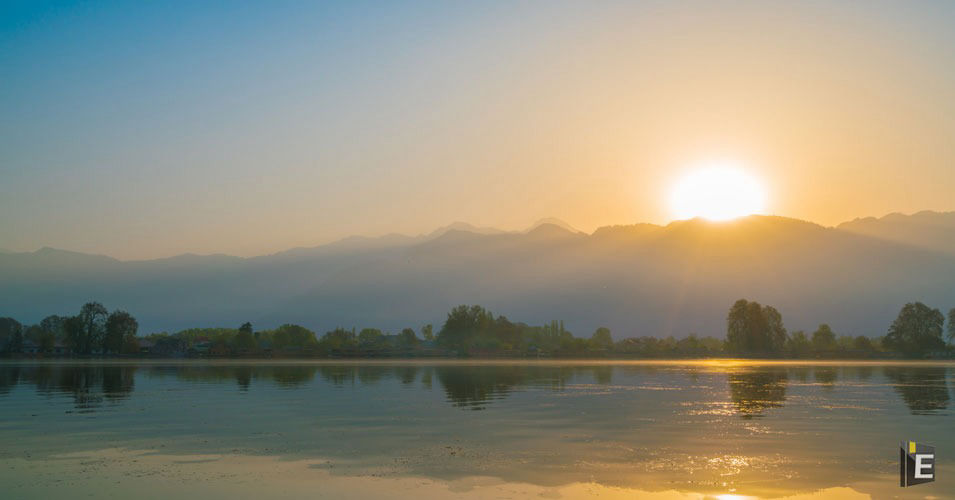Rajasthan GK Questions for Teachers Exam

Which breed of sheep in Rajasthan is known as 'Indian Merino'?
(A) Chokla
(B) Malpuri
(C) Pugal
(D) Magra
Correct Answer : A
At which place did Shobhalal Gupta established an Ashram for the development of Harijans and Bhils?
(A) Banswara
(B) Alwar
(C) Wardha
(D) Saagwara
Correct Answer : D
Transverse sand dunes are found in which districts of Rajasthan?
(A) Bikaner-Ganganagar
(B) Jodhpur-Barmer
(C) Jalore-Pali
(D) Jodhpur-Nagaur
Correct Answer : A
On which part of female body is Kandora ornament worn?
(A) Ears
(B) Waist
(C) Hands
(D) Forehead
Correct Answer : B
Which period of the ruler of Kota is supposed to be the excellent period for the Kota school of Paintings?
(A) Maharao Shatru Sal Singh I
(B) Maharao Kishor Singh
(C) Maharao Ummed Singh I
(D) Maharao Shatru Sal Singh II
Correct Answer : C
In which battle did Maharana Sanga defeat Babur's army?
(A) First Battle of Panipat
(B) Battle of Ghaghara
(C) Battle of Khanwa
(D) Battle of Bayana
Correct Answer : D
Explanation :
1. Maharana Sanga was the king of Sisodia Rajput dynasty in Udaipur.
2. Maharana Sanga was called "Hindupat".
3. Maharana Sanga ruled Mewar from 1509 to 1528.
4. Rana Sanga was a brave warrior and ruler, who was famous for his bravery and generosity.
5. He bravely protected his kingdom from the attacks of the Mughal emperors of Delhi, Gujarat and Malwa. He was the most powerful Hindu king of that time.
7. The last rites of Maharana Sanga's body were performed in Mandalgarh.
8. Sangram Singh I (Rana Sanga) was the ruler of Mewar.
9. He was a fierce Rajput king known for his courage and tenacity.
10. Rana Sanga was the grandson of Rana Kumbha and son of Rana Raimal.
11. Mughal emperor Babar defeated the Rajput army led by Rana Sanga of Mewar in the Battle of Khanwa (Bharatpur) in 1527.
12. Babar described him as the greatest Indian king of that time.
13. He was poisoned by his own nobles and died in Kalpi in 1528.
14. He was succeeded by his son Ratan Singh II.
15. Rana Sanga's nicknames include ruins of humans (due to many wounds), ruins of soldiers, part of a soldier, Hindupat etc.
16. Maharana Sanga defeated Babar's army in the battle of Bayana.
Which of the following is a fertilizer mineral of Rajasthan?
(A) Gypsum
(B) Rock-phosphate
(C) Pyrite
(D) All of the above
Correct Answer : D
The purpose of Rajasthan Public Service Guarantee Act, 2011 is -
(A) Bring Transparency
(B) Providing Grievance Redressab Mechanism
(C) Right to receive service
(D) All of the above
Correct Answer : D
Explanation :
1. The initial Act covered 108 services of 15 major government departments, envisaged time-bound performance of duties by government officials and provided for cash penalties for offenders.
2. To promote good governance: The objective of this Act is to make the state government accountable for providing quality and timely public services to the citizens.
3. To protect the rights of citizens: The objective of this Act is to provide the citizens with the right to receive their public services in the stipulated time frame and with quality.
4. Simplifying government procedures: The objective of this Act is to make government procedures simple and transparent so that citizens find it easier to understand and follow them.
What is the share of Narmada river given to Rajasthan?
(A) 1.90 MAF
(B) 8.60 MAF
(C) 9.10MAF
(D) 0.50 MAF
Correct Answer : D
Explanation :
1. Sprinkler irrigation system has been made mandatory for the first time in Rajasthan in the Narmada Canal Project.
2. Narmada Canal Project is between Gujarat, Rajasthan, Maharashtra, Madhya Pradesh.
3. This project is also known as Bhagirathi of Marwar.
4. It is completely based on sprinkler irrigation method.
5. The districts of Rajasthan benefited from Narmada Canal Project are Jalore-Barmer.
6. The total length of Narmada Canal Project is 532 km.
7. Rajasthan's total share in Narmada Canal Project is 0.50 M.A.F.
8. Sardar Sarovar Dam is used for the Narmada Canal Project.
9. The total length of the Narmada Canal Project is 532 km of which 458 km is in Gujarat and 74 km in Rajasthan.
The author of the book entitled "Bhagat Movement" is -
(A) G.N.Sharma
(B) V.K.Vashishtha
(C) Rima Hooja
(D) Pemaram
Correct Answer : B



